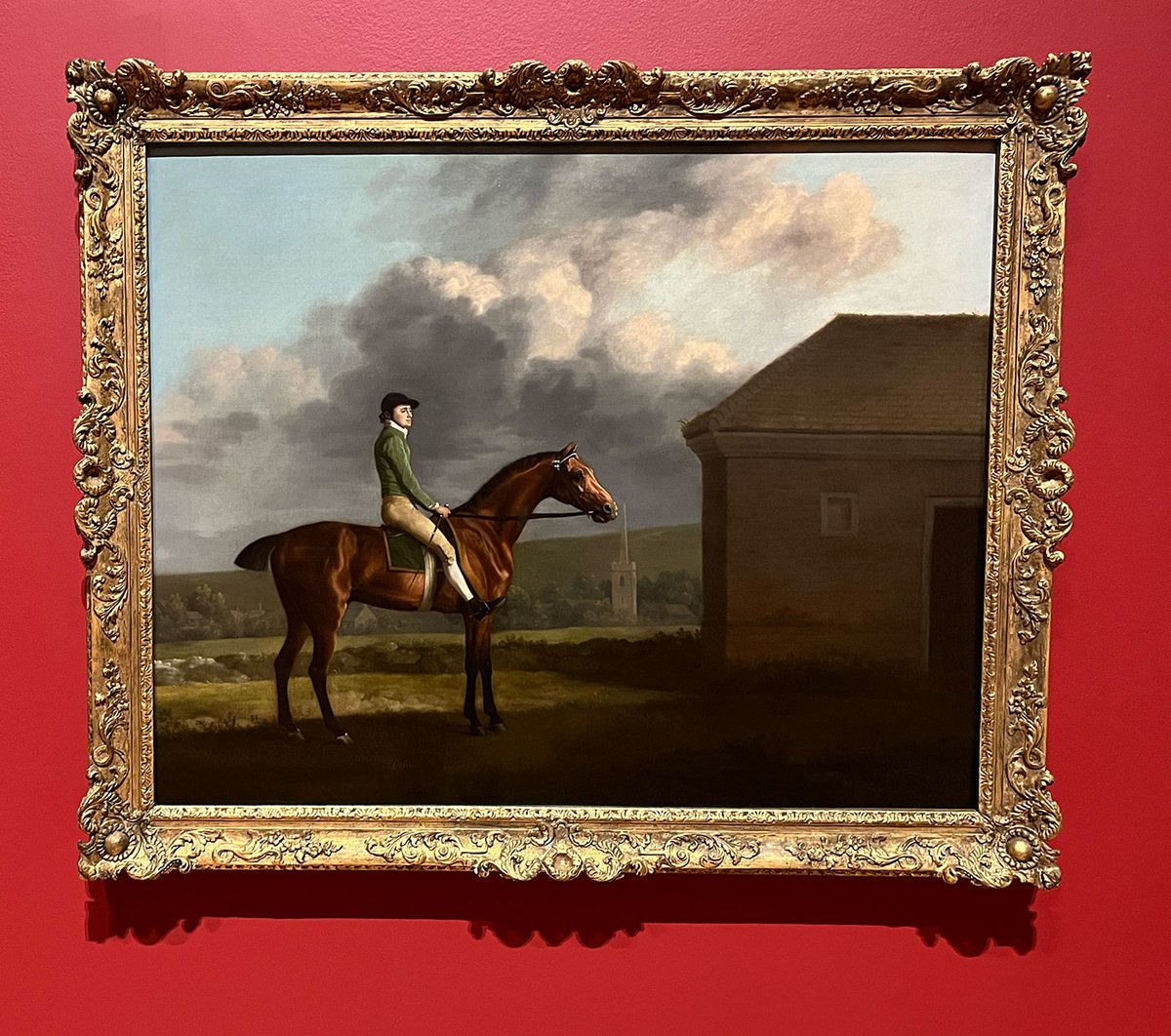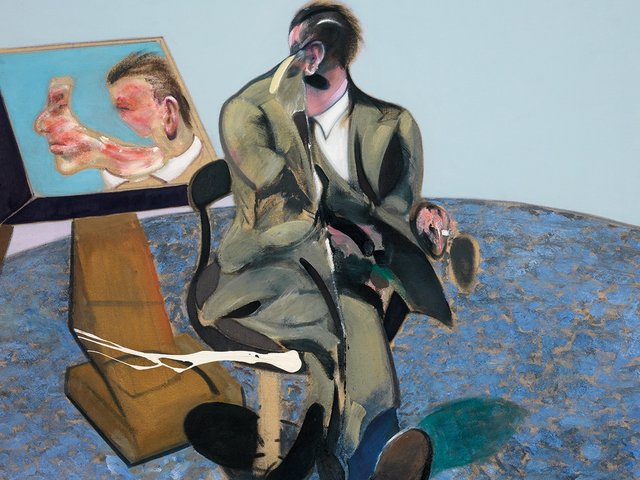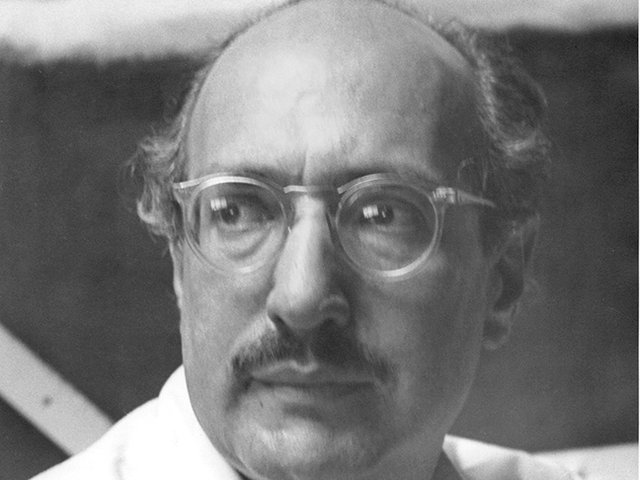During the last 50 years the rehabilitation of George Stubbs (1724-1806) among the greatest British artists has been one of the most invigorating aspects of art history. Perhaps the defining gesture of acceptance is the publication of a catalogue raisonné of the artist’s work. It has been written with affection, admiration, measure, and consistency by Judy Egerton and it is beautifully produced by Yale University Press with considerable financial support from the Paul Mellon Centre. Using the designer Derek Birdsall has made the book particularly elegant and a worthy memorial to the greatest admirer of the artist, Paul Mellon, to whom the book is dedicated. The celebration of Mr Mellon’s centenary in 2007 has been marked in many ways but perhaps this book will prove to be the most lasting. The name of Basil Taylor, the scholar with whom Mellon worked so closely, is often cited among the pages and so the book becomes a fitting tribute to the work of a triumvirate—Mellon, Taylor and Egerton—that will ever be associated with the artist.
A catalogue of Stubbs’s work has been attempted just once before, in an anecdotal book of 120 entries compiled by Sir Walter Gilbey in 1898. Dr Egerton’s catalogue includes 343 works which, despite including drawings and ceramic plaques, reuses the title Stubbs used himself on the title page of The Anatomy of the Horse—George Stubbs, Painter. The catalogue, which embraces all the necessary apparatus of provenance, literature and exhibition history, is prefaced by a series of chapters that chart the artist’s biography and career in meticulous detail. They provide much new information in the clearest study of the artist’s career available in print. Given the paucity of documentary information, the writing is skillfully restrained and the author is always careful to distinguish between fact and supposition. The technical complexities of the ceramic plaques that Stubbs produced with Josiah Wedgwood are especially well managed, particularly for readers (like the present reviewer) who are ignorant of the technicalities of the kiln.
Amazingly the majority of reproductions are in colour and reproduced in proportion to the relative size of the original paintings, so the vast Hambletonian takes up two full pages and the tiny ceramic plaque of a Sleeping Leopard is a fraction of the size. Unusually essays throughout the text examine aspects of the artist’s work and carefully chosen details taken from key works provide further articulation to the design and enable the reader to appreciate the nuance, draughtsmanship and delicate colouring of the artist. Many photographers have been commissioned to make new photographs in remote rural settings and most of the illustrations that are in black and white are of paintings that remain untraced. It is perhaps surprising that a panel painting in the Royal Collection, damaged by over attentive restoration, has been inequably relegated to monochrome and a similar fate has befallen the damaged Wedgwood plaque in the Walker Art Gallery, Liverpool.
The subject of the book presents innate difficulties. The extent of sitters’ biographies provided in portraitists’ catalogues raisonnés is contentious as a famous sitter can too easily swamp the true purpose and direction of a catalogue and this question becomes all the more intense when it is applied to horses. Despite its technical accuracy—“Snap…by Snip out of a sister to Mr Panton’s Spilby”, for example— it seems to revel in, to use the current parlance, “too much information”, especially in the context of a book concerned with images of such elegance. Dr Egerton’s forthright treatment of these hurdles is admirable and she often seeks variety (not least in the essays) which makes the reader wonder whether they are reading the catalogue of an exhibition (she organised the memorable show at the Tate Gallery in 1984) and perhaps this makes entries on the artist’s feebler productions seem too brief (for instance, Dark Brown and White Newfoundland Spaniel, 1780) and, in one case, muddled (Pyrrhus, a Racehorse, 1773?). Another entry lacks objectivity (A Grey Mare Against a Dark Wood, 1780) and sometimes her comments are too speculative to warrant inclusion. Her stance on the socially conscious and the politically correct commentators, who look less intently at the works of art than the author, are justifiably direct and uncompromising.
Much information has appeared recently in Robin Blake’s biography and the exhibitions Stubbs and the Horse (2004–05 at the Kimbell Art Museum, Fort Worth, the Walters Art Museum, Baltimore, and the National Gallery, London) and in Stubbs: a Celebration (2006-07 at the Walker Art Gallery, Liverpool, Tate Britain, London, and the Frick Collection, New York). Comprehensive details of both these exhibitions are sadly missing from the catalogue. Nonetheless, in the context of such an omnium gatherum, these are mere quibbles. Stubbs, as never before, is now seen in all his variety and strength in a catalogue that will be the first port of call for any enquirer—and few enquirers will be disappointed.
Judy Egerton, George Stubbs, Painter: Catalogue Raisonné, Yale University Press, 700pp, £95. Published 2007.




